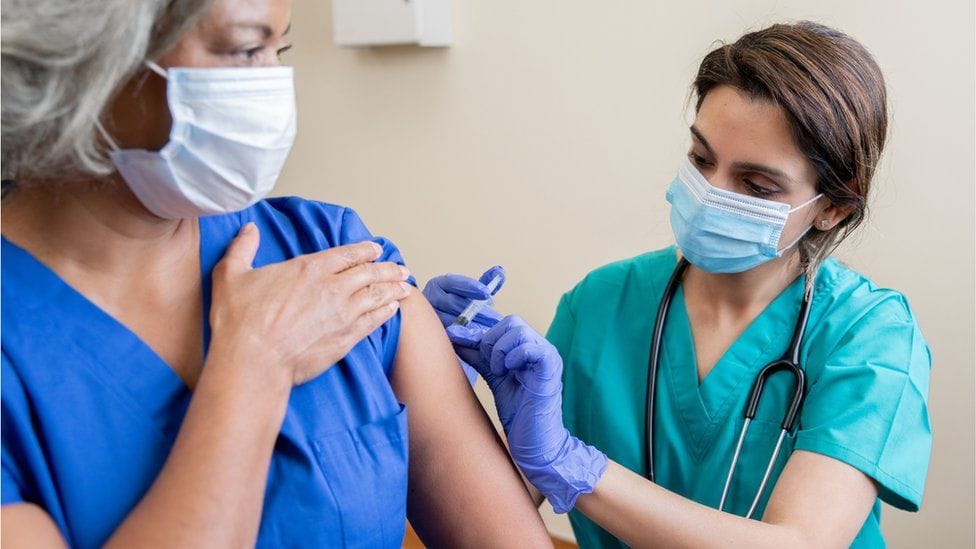The emergence of Human Metapneumovirus (HMPV) in China has sparked significant interest and concern among health officials and the public. HMPV is a member of the Paramyxoviridae family, which includes viruses such as respiratory syncytial virus (RSV) and the causative agent of measles. First identified in the Netherlands in 2001, HMPV is not a new virus, but its recent outbreak has prompted discussions about its implications for public health, particularly in light of the ongoing challenges posed by COVID-19.
HMPV primarily affects the respiratory system and is known to cause a range of illnesses, from mild cold-like symptoms to more severe respiratory infections, particularly in young children, the elderly, and immunocompromised individuals. The symptoms associated with HMPV infection are similar to those of other respiratory viruses, including cough, fever, nasal congestion, and wheezing. In some cases, it can lead to bronchiolitis or pneumonia, necessitating hospitalization.
One of the key areas of concern regarding HMPV is its similarity to COVID-19. Both viruses can cause respiratory illness and share some overlapping symptoms, which can complicate diagnosis and treatment. However, it is crucial to note that HMPV is not a new strain of the coronavirus responsible for COVID-19. Instead, it is a distinct virus with its own epidemiological characteristics. While both viruses can spread through respiratory droplets, HMPV does not exhibit the same level of transmissibility as SARS-CoV-2, the virus that causes COVID-19.
As the world continues to grapple with the COVID-19 pandemic, the emergence of HMPV raises questions about the preparedness of health systems to manage multiple respiratory viruses simultaneously. Surveillance efforts and public health responses are critical in monitoring the spread of HMPV and ensuring that healthcare resources are allocated effectively to address both HMPV and COVID-19 cases.
In terms of vaccination, there is currently no specific vaccine available for HMPV. Research is ongoing to develop vaccines and therapeutic options, but the timeline for availability remains uncertain. This lack of a vaccine poses a challenge, particularly in regions where HMPV outbreaks are occurring. Public health officials emphasize the importance of preventive measures, such as hand hygiene, respiratory etiquette, and vaccination against other respiratory viruses like influenza, to help mitigate the impact of HMPV.
The outbreak of HMPV in China has prompted health authorities to enhance surveillance and testing capabilities. Rapid identification of cases is essential to contain the spread of the virus and provide appropriate care for affected individuals. Health officials are also working to educate the public about the symptoms of HMPV and the importance of seeking medical attention if respiratory illness occurs, especially in vulnerable populations.
In summary, while HMPV is not a new virus, its recent outbreak in China highlights the ongoing challenges posed by respiratory viruses in the context of a global pandemic. The similarities to COVID-19 underscore the need for vigilance and preparedness in managing respiratory illnesses. As research continues into the development of vaccines and treatments for HMPV, public health measures will play a crucial role in controlling its spread and protecting vulnerable populations.
As the situation evolves, it is vital for the public to stay informed about HMPV and its potential impact on health systems. Ongoing communication from health authorities will be essential in navigating this outbreak and ensuring that appropriate measures are taken to safeguard public health.



